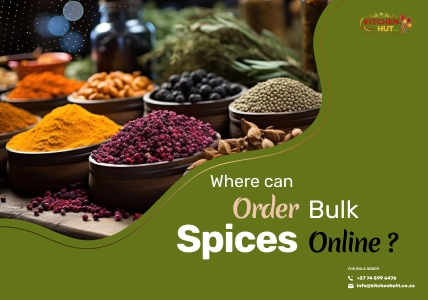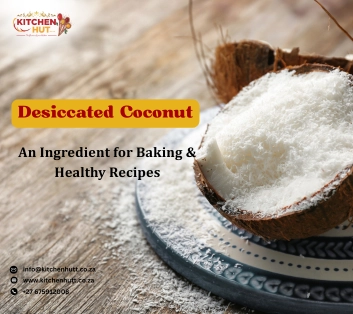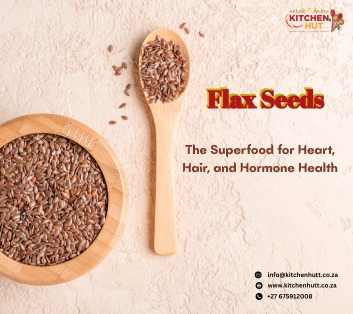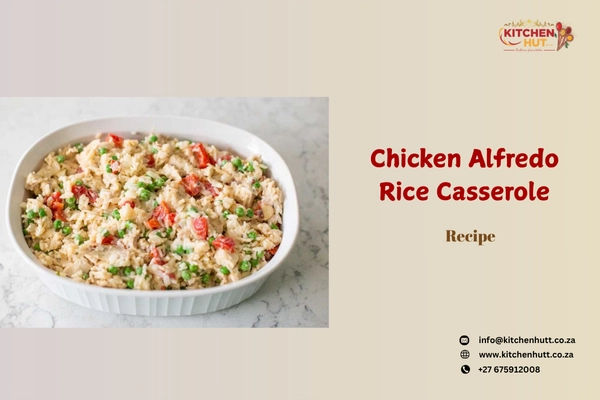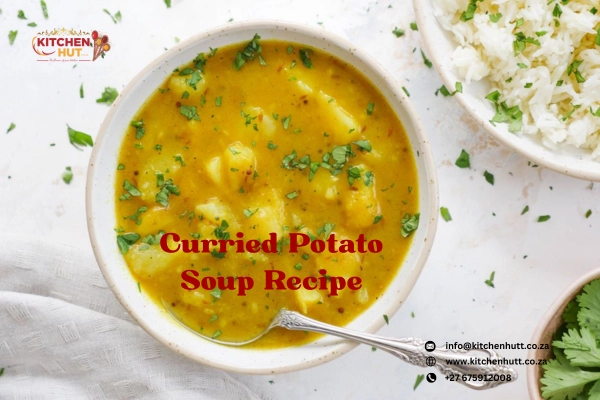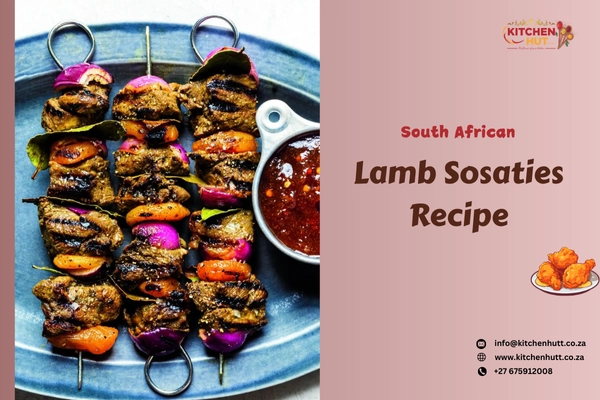FRESH STOCK • LIMITED AVAILABILITY • ORDER NOW
Why Cumin Seeds Belong In Every Kitchen: Bold Flavor Meets Ancient Healing
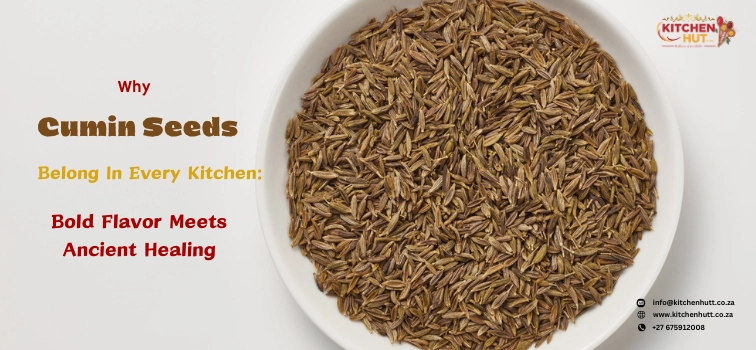
Cumin seeds are small but mighty—a staple in global kitchens and a powerhouse of flavor and health benefits. With their warm, earthy notes and subtle citrus undertones, cumin seeds can elevate just about any dish. In addition to enhancing flavor in the kitchen, cumin seeds have long been valued in traditional medicine for their healing properties. If you’re seeking a spice that combines bold taste and wellness, look no further than cumin.
What Are Cumin Seeds?
Cumin is a flavorful spice obtained from the dried seeds of a flowering plant that belongs to the parsley family. These small, elongated seeds have a brownish hue and an aroma often described as deep, nutty, and slightly peppery. Originating from the Mediterranean and Middle Eastern regions, cumin seeds have been used for millennia in cooking and healing traditions worldwide.
Culinary Uses: Flavor in Action
Cumin seeds are beloved for their ability to enhance dishes in multiple cuisines. Here’s how cumin seeds bring rich layers of flavor to your dishes:
1. Tempering & Tadka
In Indian cuisine, cumin seeds are often added to hot oil at the start of cooking. This “tadka” releases their essential oils, infusing curries, dals, and vegetables with aromatic flavor.
2. Rice and Grain Dishes
Adding a spoonful of cumin seeds to boiling rice, quinoa, or couscous infuses the dish with a rich, aromatic warmth and layered flavor. Combine with onions, garlic, and veggies for a fragrant pilaf.
3. Spice Blends
Cumin serves as a foundational ingredient in popular spice blends such as taco seasoning, garam masala, ras el hanout, and za’atar. Its earthy base balances richer or more pungent spices.
4. Soups and Stews
From Mexican black bean soup to Moroccan lentil stew, cumin adds savory depth and comfort to brothy dishes.
5. Meat Rubs & Marinades
Ground or whole, cumin blends beautifully with salt, pepper, chili powder, and garlic powder to season meats for grilling or roasting.
6. Vegetable Roasts
Tossing vegetables with olive oil and cumin before roasting brings out their sweetness and adds a smoky layer.
Global Influence: A Globetrotting Spice
Cumin is indispensable across international cuisines:
-
Mexico & South America: Essential in chili con carne, tacos, and enchiladas.
-
Middle East: Key in falafel, shawarma, hummus, and rice pilaf.
-
North Africa: Used in tagines, couscous, and harissa spice blend.
-
India: Integral to curry, chutney, rice dishes, and snack flavoring.
-
Latin America: Featured in stews, marinades, and sauces.
Cumin’s widespread use worldwide highlights its versatile flavor and remarkable ability to complement diverse cuisines.
Ancient Wisdom: Cumin’s Healing Traditions
Cumin seeds hold a long-standing place in Ayurvedic practices, traditional Chinese medicine, and ancient Greco-Roman healing systems. They are widely recognized for their ability to support digestion, strengthen the immune system, and enhance overall wellness. Modern studies are confirming many of these ancient uses.
The Health Benefits of Cumin Seeds
1. Digestive Support
Cumin stimulates digestive juices and enzymes, easing bloating, gas, and indigestion. Sip cumin-infused water or chew seeds after meals for digestive relief.
2. Rich in Nutrients
Each teaspoon contains significant amounts of iron, manganese, magnesium, and calcium—key minerals supporting energy, bone health, and metabolic function.
3. Antioxidant & Anti-Inflammatory
Features active compounds like cuminaldehyde that scavenge free radicals and alleviate inflammation. Regular intake supports cellular health and immunity.
4. Blood Sugar Regulation
Some human studies suggest cumin improves insulin response and blood glucose levels, making it helpful for those managing type 2 diabetes.
5. Weight Management
Cumin may aid in fat reduction and cholesterol control, particularly when consumed regularly and alongside a healthy diet.
6. Supports Cognitive Health
Early research indicates cumin compounds may enhance memory and protect against neurological inflammation—maybe even neurodegenerative diseases.
7. Heart Wellness
By lowering LDL (“bad”) cholesterol and improving endothelial function, cumin supports cardiovascular health.
Integrating Cumin into Your Cooking
Here are practical tips to use cumin seeds daily:
A. Start Your Day Right
Sprinkle ground cumin on scrambled eggs or breakfast burritos for a warm, savory twist.
B. Flavor Your Grains
Add toasted cumin seeds to rice, quinoa, oats, or polenta for aromatic complexity.
C. Infuse Your Oils
Heat whole cumin seeds in oil until aromatic, then use as a base for stir-fries, dressings, or marinades.
D. Boost Your Smoothies
Surprisingly, a dash of ground cumin can elevate savory green smoothies or detox blends.
E. Make Homemade Spice Rubs
Blend ground cumin with paprika, garlic, chili, and sea salt to create a flavorful and versatile seasoning mix perfect for cocktails and snacks.
F. Create Teas
Let cumin’s benefits steep! Simply soak 1 teaspoon of cumin seeds overnight or brew them in hot water for a warm, comforting tea that supports digestion.
Tips for Maximum Flavor
1. Toast Before Use
To bring out its full flavor, lightly toast cumin in a dry pan for a few seconds until it becomes fragrant.
2. Choose High-Quality Seeds
Look for fragrant seeds free from dust and moisture. A reputable supplier like KitchenHut ensures purity and freshness.
3. Store Smart
Store cumin in sealed, airtight containers and keep it in a cool, dark place. Whole seeds typically stay fresh for one to two years, while ground cumin retains its strength for about six months.
4. Freshly Grind for Intensity
To enjoy the freshest aroma, freshly grind whole cumin seeds right before using them with a spice grinder or a mortar and pestle.
Everyday Cumin Recipes
To help you explore cumin's potential, try these simple ideas:
-
Cumin-Rice Pilaf: Cook rice with cumin, cardamom, onion, and peas.
-
Spiced Lentil Soup: Roast cumin-tossed lentils blended with tomatoes and garlic.
-
Cumin-Marinated Chicken: Apply a spice blend made with cumin, paprika, salt, and olive oil to season the dish.
-
Vegetable Stir-Fry: Sauté veggies with cumin-oil base, garlic, and a splash of soy.
-
Cumin Yogurt Dip: Mix cumin, coriander, garlic, and lime into yogurt—perfect for chips or sandwiches.
Buying Cumin: What to Know
When buying cumin seeds or powder:
-
Choose reputable spice brands with traceable sourcing (think KitchenHut)
-
Opt for whole seeds when possible—grind them fresh
-
Get labeled, airtight packaging to preserve flavor
-
Store properly to maintain aroma and potency
A little attention goes a long way in getting the best experience from cumin.
Final Thoughts
Cumin seeds are a small but powerful spice that bring bold flavor and impressive health advantages. Rooted in ancient traditions and supported by modern science, cumin combines taste and wellness in one tiny, aromatic package.
From curries and stews to smoothies and teas, cumin enhances every meal while supporting digestion, immunity, and overall well-being. Versatile, nutritious, and historically celebrated, cumin seeds truly deserve a permanent place in every kitchen.
Note: We are only providing information, not a suggestion. Please consult your doctor before using it.





